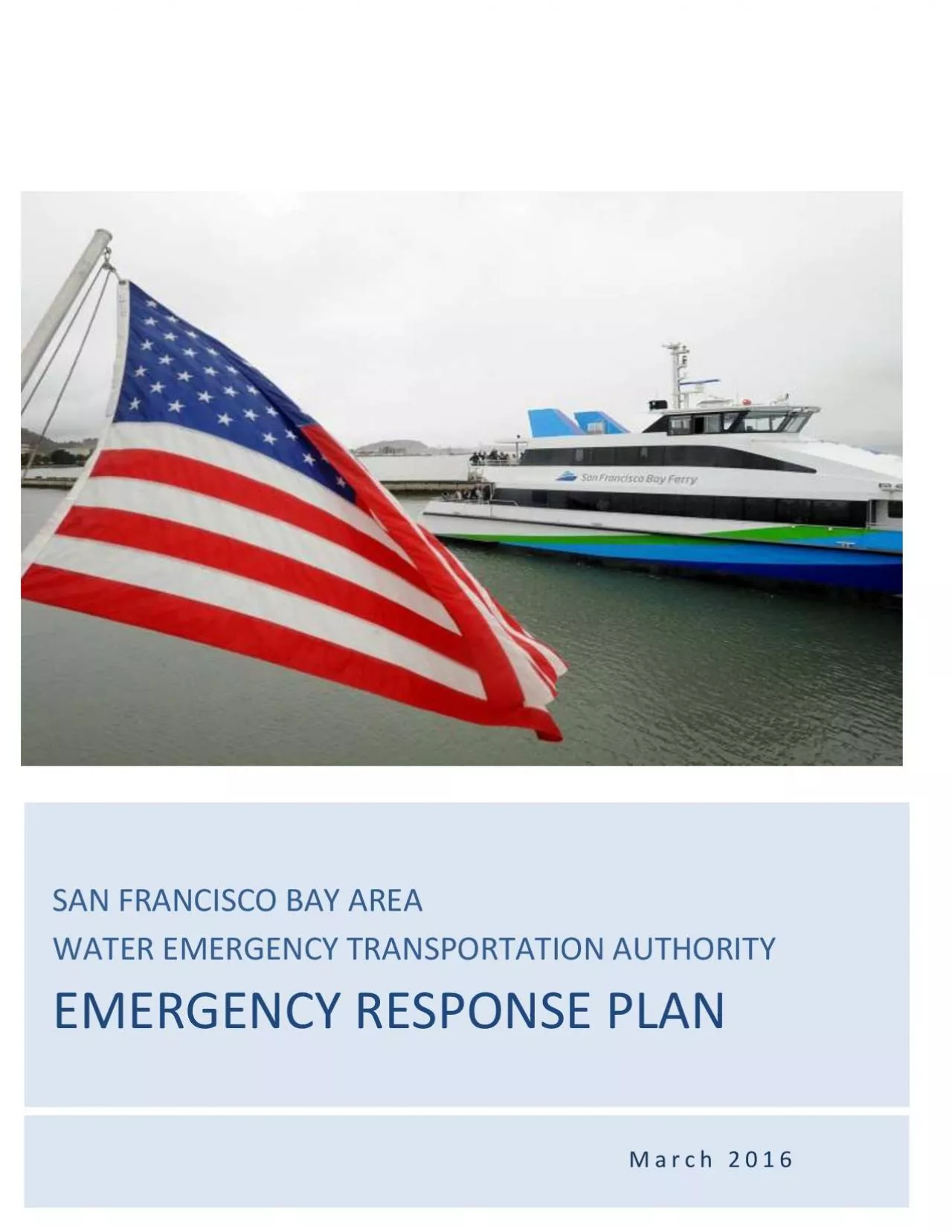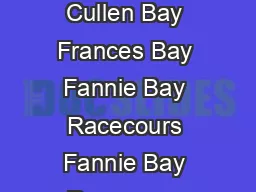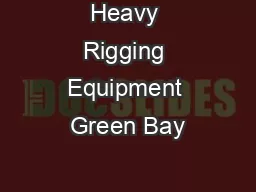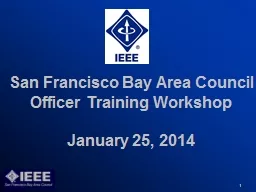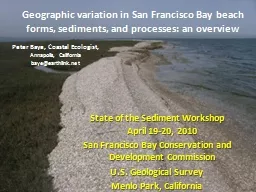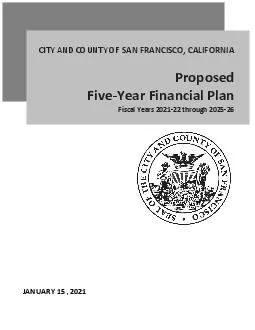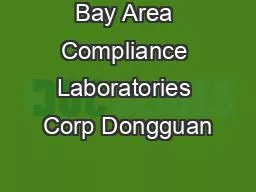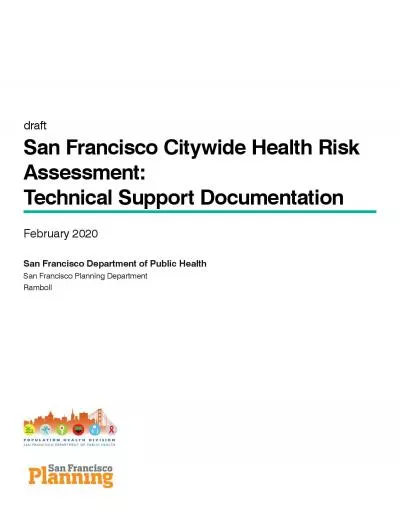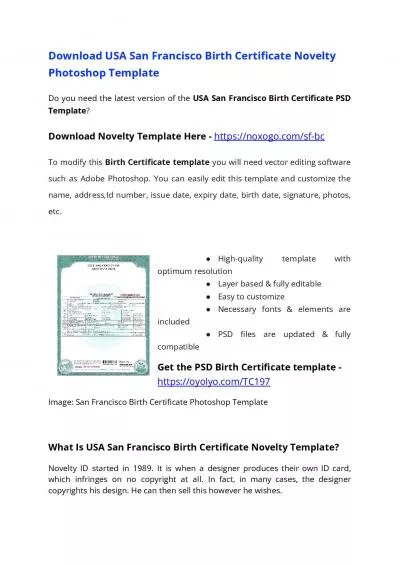PDF-SAN FRANCISCO BAY AREA
Author : callie | Published Date : 2021-06-13
WATER EMERGENCY TRANSPORTATION AUTHORITY EMERGENCY RESPONSE PLAN March 2016 ii This page intentional ly left blank iii Quickstart Guide and Activation Checklist Use
Presentation Embed Code
Download Presentation
Download Presentation The PPT/PDF document "SAN FRANCISCO BAY AREA" is the property of its rightful owner. Permission is granted to download and print the materials on this website for personal, non-commercial use only, and to display it on your personal computer provided you do not modify the materials and that you retain all copyright notices contained in the materials. By downloading content from our website, you accept the terms of this agreement.
SAN FRANCISCO BAY AREA: Transcript
Download Rules Of Document
"SAN FRANCISCO BAY AREA"The content belongs to its owner. You may download and print it for personal use, without modification, and keep all copyright notices. By downloading, you agree to these terms.
Related Documents

